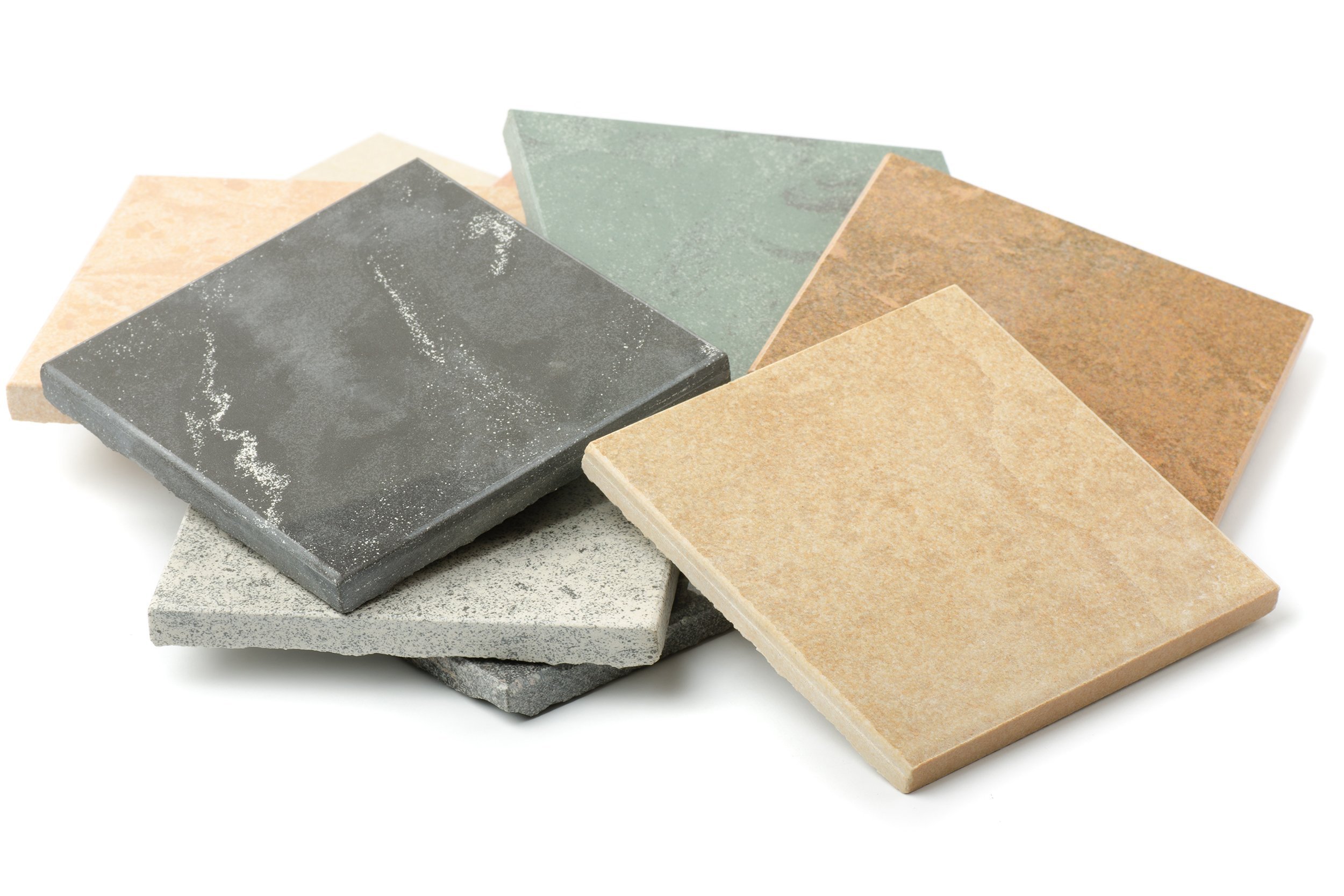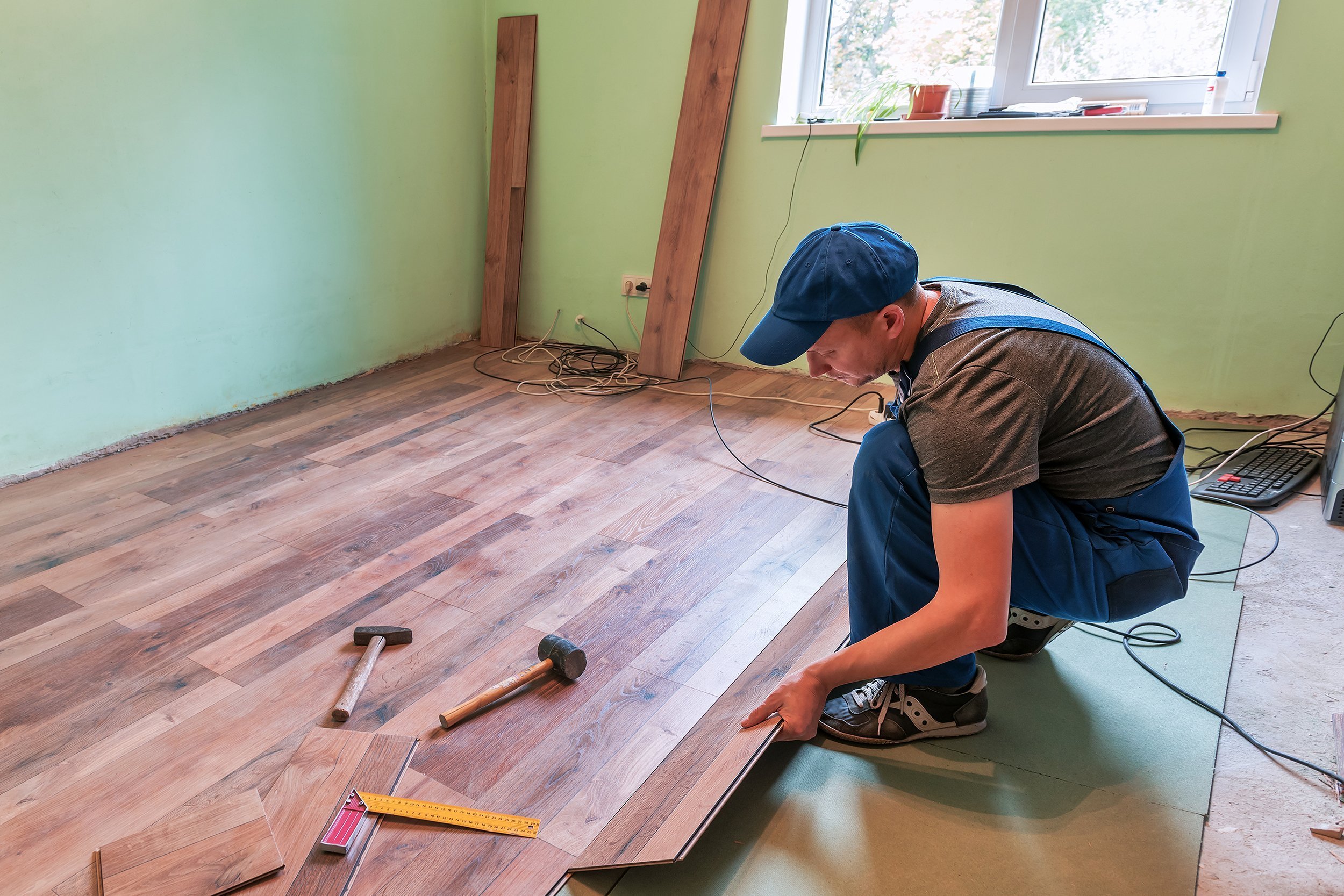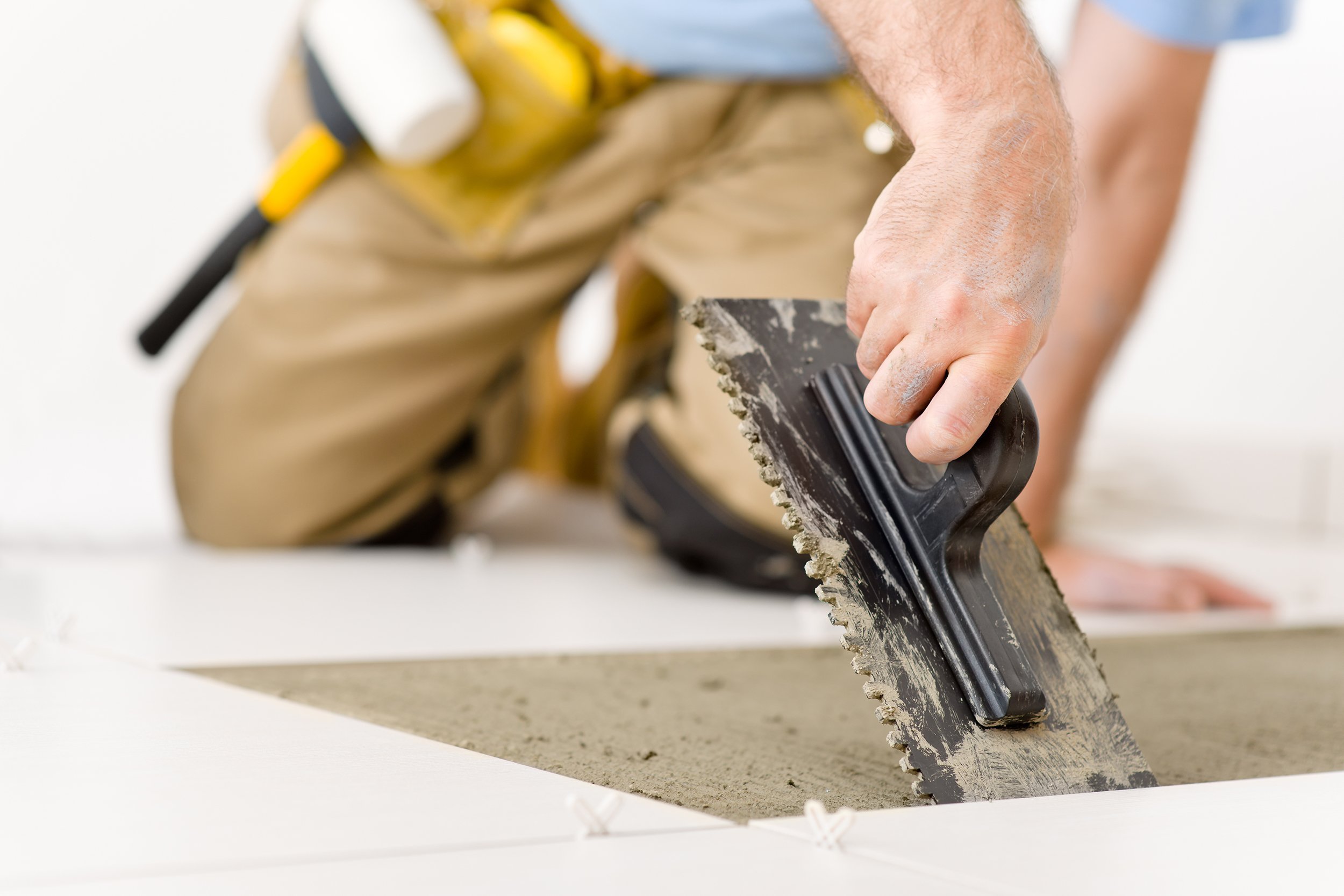A general contractor typically charges up to 20 percent of the total cost of a home renovation, according to Angie’s List, which might make it tempting to do the job yourself. The trouble is, unless you know exactly what you’re doing, you may end up hiring a contractor anyway to fix a DIY debacle — costing more in the end. Still, there are ways that DIY-inclined homeowners can save money with some ability and sweat equity, the proper tools, and a lot of hard work.
Related: 5 Projects That Boost Home Value — and 5 Cheap Alternatives
Start Small

Home improvement shows make everything look a lot easier than it is. Before taking on a DIY remodel, tackle some small projects to determine whether you’re up for a bigger challenge. Paint a room, install shelving between some studs, add molding or beadboard to a wall, or change a faucet.
Decide Whether It’s Worth It

A renovation is a huge time commitment. Doing a full remodel on weekends means that at least one room will be out of commission for long periods at a time. Any renovation involves a large set of tools that a contractor already owns, although it is possible to rent tools rather than buy them. The upshot is deciding which is worth more — time or money.
Act as Your Own Contractor — If You’re Up to It

Homeowners with good organizational skills can tackle this job themselves only if they understand that it will be extremely time-consuming and require such tasks as hiring workers, coordinating delivery of materials, and getting necessary permits.
Know What You Want

If you opt to hire a general contractor after all, be sure to research and make design choices before a projects starts, says John Kelly of JKelly Construction in Hudson, New York. “There can be an idea that the design stage with contractors is unlimited free time, but if it becomes excessive, contractors will find a way to recoup that overhead.” To avoid delays, be very specific about what you want, and remember that changing your mind later can cost you.
Do the Demo

If there are cabinets or fixtures to rip out, grab a crowbar — but first, be smart. Turn off the water and electricity. Wear appropriate clothing and safety gear, such as a respirator and safety glasses. Also, don’t rip things to shreds unnecessarily. Instead of paying for haulage or a dumpster, take materials to a salvage yard or call Habitat for Humanity’s ReStore to come get them for free.
Trending on Cheapism
Do Your Own Sourcing

While contractors have sources for some materials, such as lumber, where they might get a price break, there are other materials that DIYers can get themselves. Try salvage or secondhand places such as ReStore for old windows, pre-hung doors, and fixtures. Building supply sites such as Build.com stock hardware, and Overstock has tile. Visit stone yards and tile stores for remnants, too.
Go Shopping

Contractors, electricians, and plumbers charge no matter what they’re doing. Do their shopping for them and save the hourly fees. A truck or a trailer that can be hitched to the back of a car will help in carrying lumber, sheetrock, and other large items. The savings can be considerable. “Contractors as well as designers add some, if not significant, markup on material despite often getting [a] contractor account discount,” says contractor Kelly.
Put It Together

People who buy and install stock cabinets from Ikea or elsewhere can reap big savings. It could take a contractor and crew a full day to assemble a kitchen’s worth of cabinetry. At the same time, that may be far faster than a non-professional could do while avoiding the risk of a costly goof.
Sign up for our newsletter
Do the Cleanup

Contracting crews spend time at the end of each day cleaning up, but homeowners can do this themselves to save. They can also rent a dumpster or haul debris to the dump. Additionally, clearing areas before work starts and providing floor and wall protection are helpful ways to save time for the contractor, Kelly says.
Lay Wood Flooring

Homeowners who are good at measuring, capable of using a saw, meticulous at finishing, and have a strong back might find that laying flooring is doable. Ideally, the flooring should be the type that snaps together. Homeowners who want to refinish existing flooring can rent a sander and do it themselves. Before taking this step, try sanding, staining, and applying polyurethane to a chest or other piece of furniture for practice.
Lay Tile

It might seem as though laying tile would be a snap, but large projects like tiling a shower wall might be best left to a craftsman. Before trying a DIY approach to even a small project, it’s a good idea to practice. Try making a tile tabletop and get proficient with a tile cutter and nippers before installing a backsplash. Even those who find themselves clumsy at tiling can do the grouting and sealing.
Paint

Painting a room is a great DIY task, but it still takes some skill to do well. In kitchens and bathrooms, painting must be done right before cabinets go in, so it’s not something that can be done at the homeowner’s leisure. Be sure to time this project correctly, as the walls must be painted and dry at the appropriate time.
Tackle the Little Stuff

There are a lot of small finishes that go into a renovation that are easy enough for a novice to accomplish. In a bathroom remodel, that could be installing a new vanity fixtures, hanging hooks and shelving, or putting in a medicine cabinet. If a closet is being installed, put in the shelves and hanging rod. It’s also easy to handle cabinet hardware, doorknobs, and window treatments.
Minimize Change Orders

Change orders are often made due to unforeseen circumstances, such as an unexpected water leak behind the walls, termite damage, or electrical that needs rerouting. Homeowners should try to minimize change orders by being sure of what they want, staying on top of the job, and communicating with the contractor.






